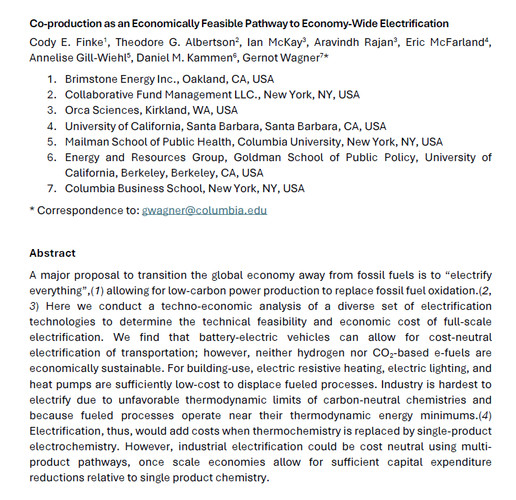A balance of bottom-up and top-down in linking climate policies
by Jessica F. Green, Thomas Sterner and Gernot Wagner
Abstract:
Top-down climate negotiations embodied by the Kyoto Protocol have all but stalled, chiefly because of disagreements over targets and objections to financial transfers. To avoid those problems, many have shifted their focus to linkage of bottom-up climate policies such as regional carbon markets. This approach is appealing, but we identify four obstacles to successful linkage: different levels of ambition; competing domestic policy objectives; objections to financial transfers; and the difficulty of close regulatory coordination. Even with a more decentralized approach, overcoming the 'global warming gridlock' of the intergovernmental negotiations will require close international coordination. We demonstrate how a balance of bottom-up and top-down elements can create a path toward an effective global climate architecture.
Full text: "A balance of bottom-up and top-down in linking climate policies."


